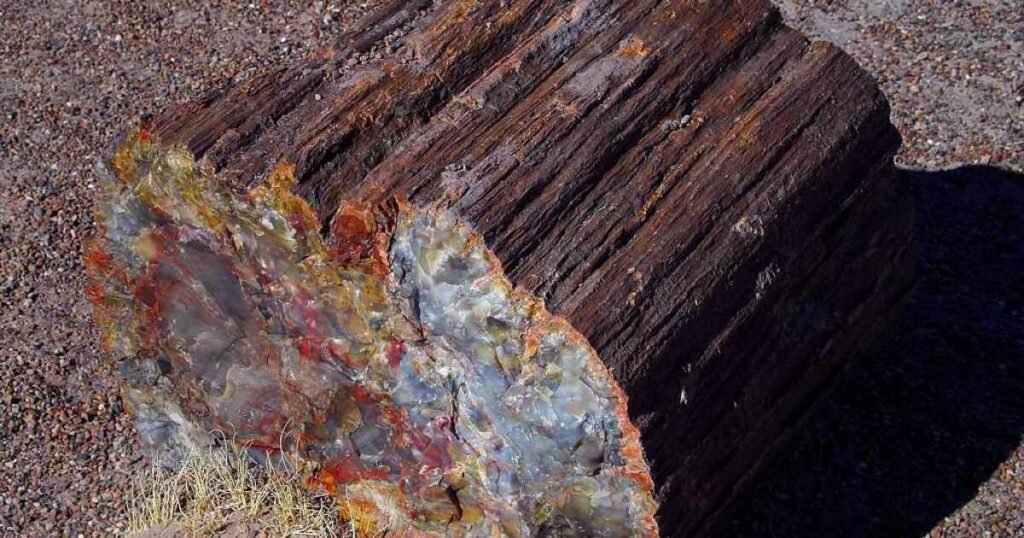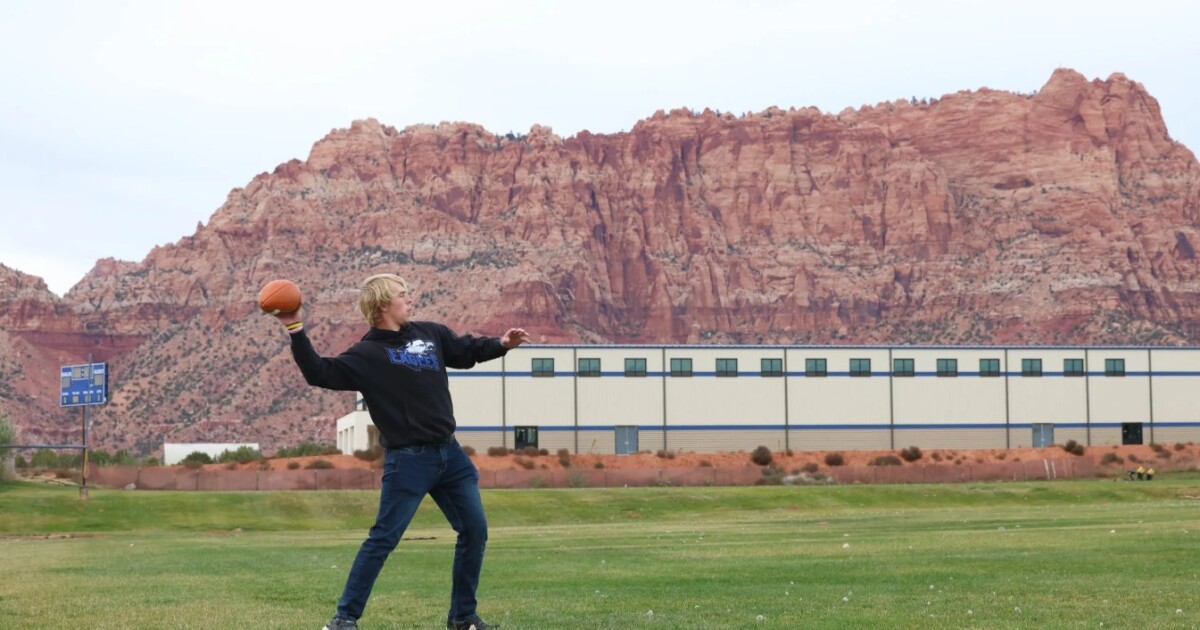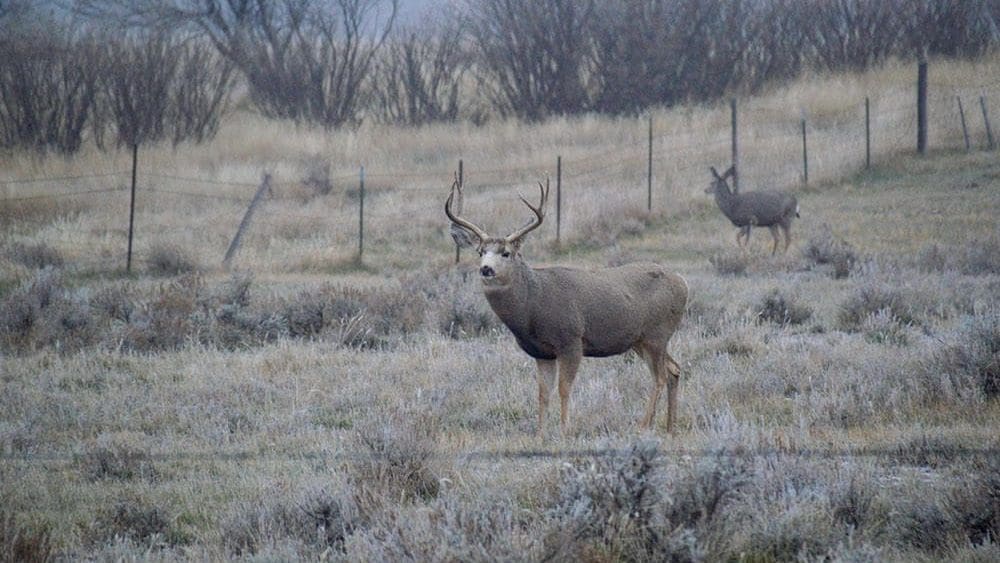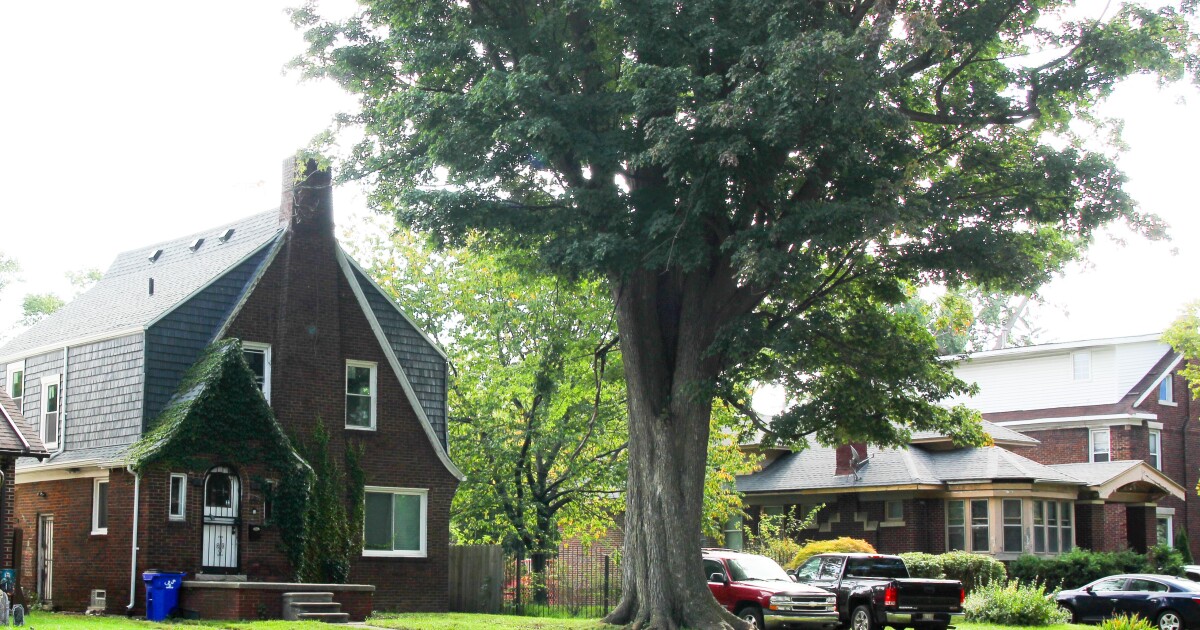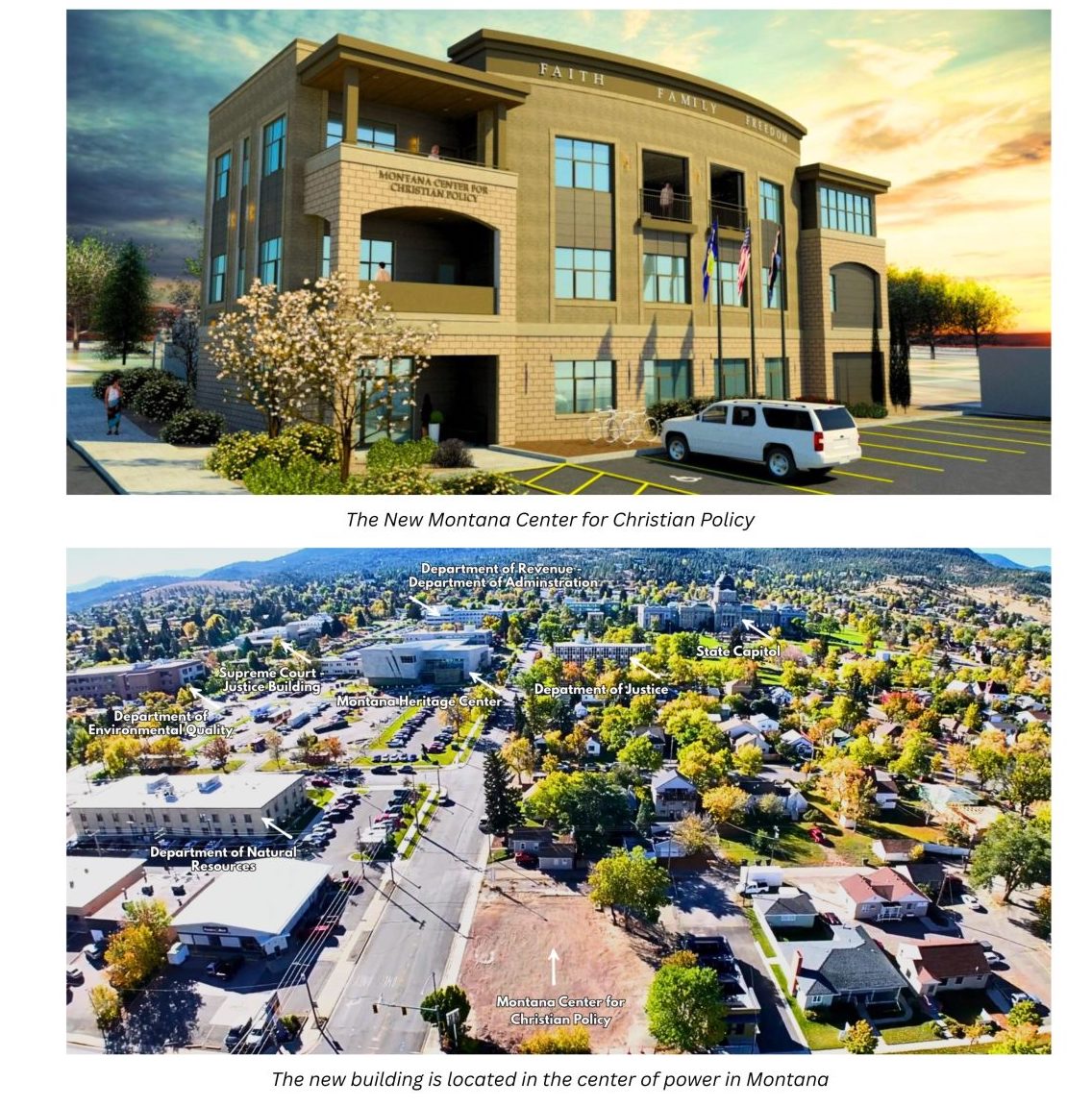Arizona’s Petrified Forest: Nature’s Ancient Gemstone Gallery
In the midst of Arizona’s high desert lies a spectacle that defies expectations: the Petrified Forest National Park. Here, ancient trees have been transformed over millions of years into stunning stone formations that resemble jewels.
Over 200 million years ago, the world was a singular supercontinent known as Pangea. During this era, massive reptiles roamed landscapes dominated by towering trees, some reaching heights of 200 feet. When these trees toppled, they were swept into river systems and became buried under layers of mud. A fortunate covering of volcanic ash shielded the wood from decay. Minerals dissolved in water, especially silica, slowly infiltrated the fibers, resulting in the formation of quartz—a clear or smoky gemstone.
The vibrant hues seen in the petrified wood are due to trace minerals. Iron infuses reds, oranges, and pinks, while carbon and manganese create black streaks. Green shades come from copper or chromium, akin to the mineral that gives emeralds their characteristic color. Some logs even contain pockets of yellow citrine and purple amethyst, both colorful quartz varieties.
The petrified logs retain the texture of their original bark and knotholes. The logs, hidden for eons, were eventually revealed when the Colorado Plateau began rising about 60 million years ago, exposing them through erosion. Beneath the surface, more logs await discovery, alongside fossils of Triassic-era crocodiles and early dinosaurs.
Today, the petrified wood is a protected resource, drawing hundreds of thousands of visitors annually who come to witness these arboreal wonders turned into sparkling stones.
This Earth Note was written by Melissa Sevigny and produced by KNAU and the Sustainable Communities Program at Northern Arizona University. It originally aired on April 22, 2020.
—
Read More Arizona News

